When someone tells you they want a drought tolerant garden, what comes to mind? or you may be told a certain plant is ‘water wise’ what does this really mean?
As the current drought wears on and wears thin and watering your garden becomes something you can only do under strict regulations many people are looking to Australian Native plants to solve the problem.
When I think of a drought tolerant garden I think of a cactus and succulent garden 😉
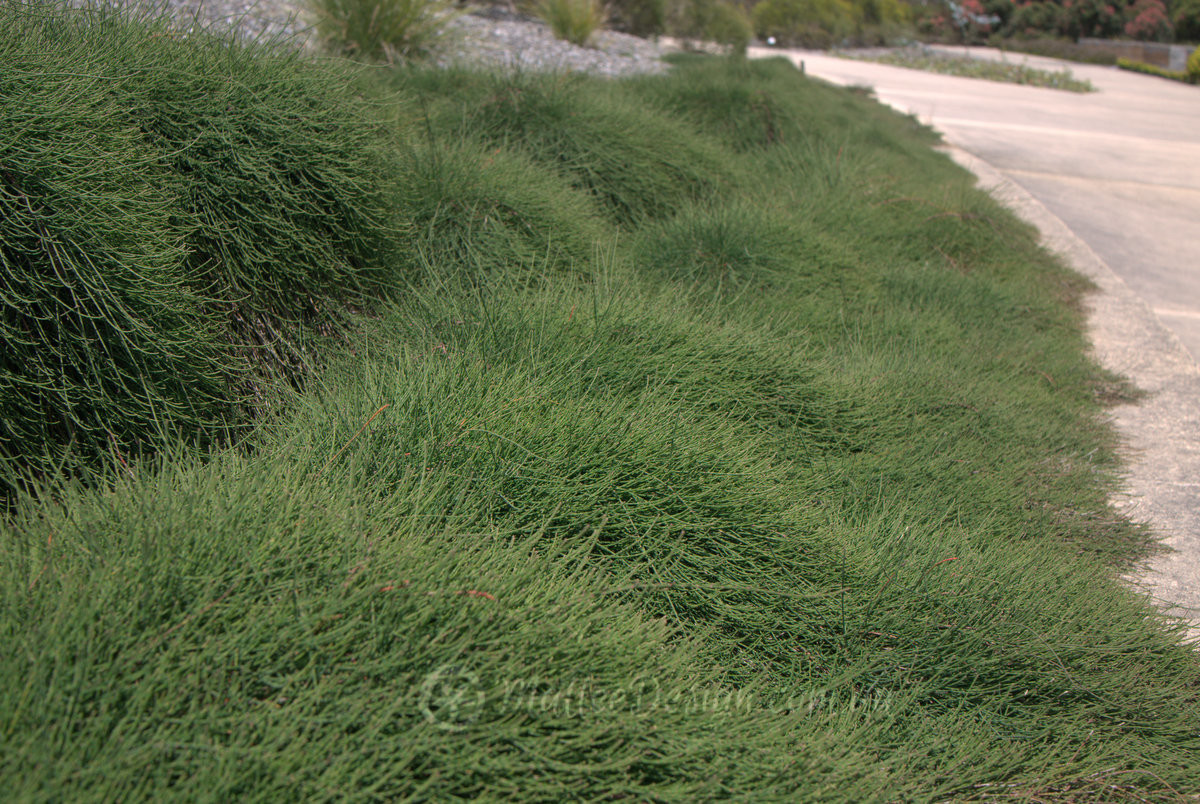
However I fear that placing a blanket catch phrase over Australian native plants does more harm than good for their plight. All plants need water, especially during their establishment period which can last 3 to 6 months depending on conditions. Even tough native desert species receive rain at a certain time of year which enables them to flower well and set seed for the following season.
Australia is a large country with many varying micro climates from Tropical through to Alpine and all the way to Arid. In your plight to ensure your garden is tough and ready for dry times make sure you are planting native plants which naturally enjoy a hot dry summer and if they don’t water them as you would an exotic plant so they don’t look dry and shabby and as though they are just hanging in there.
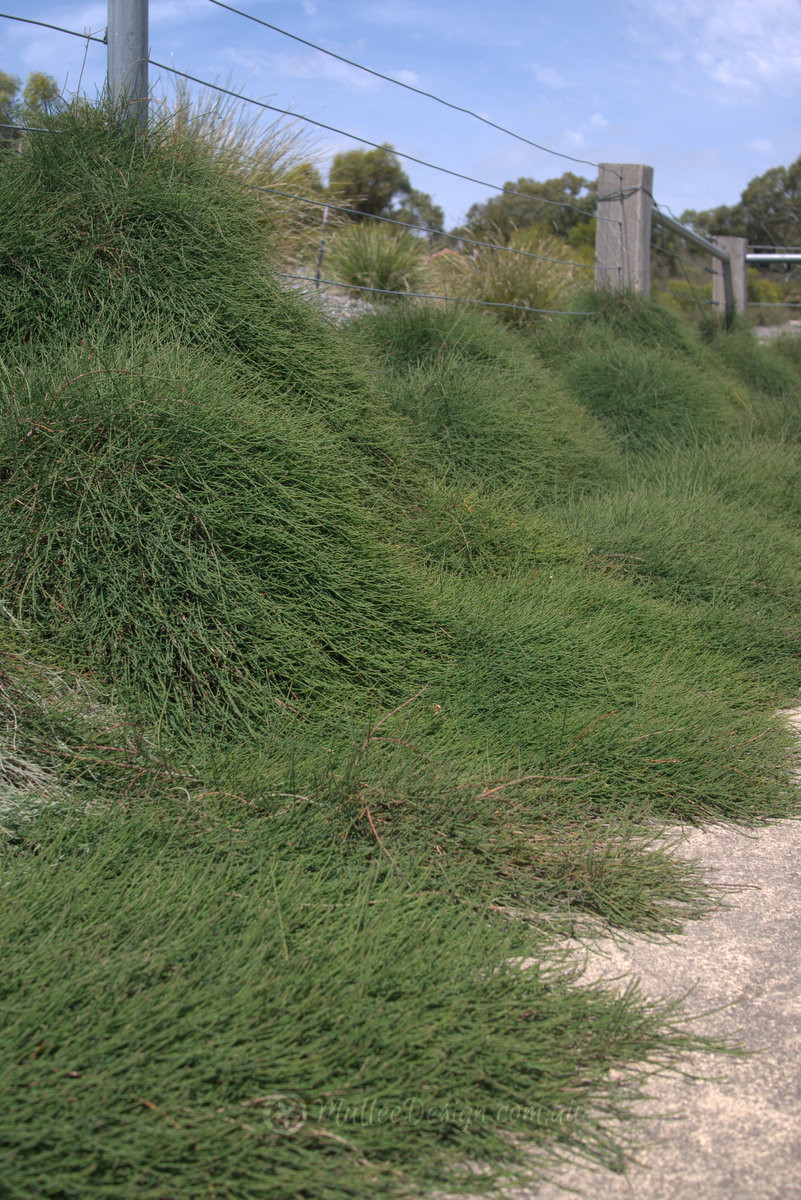
Much of Australia’s native plants are generally “drought hardy” if they have been established correctly, this means regular deep watering in the first year to ensure the roots go deep into the soil where it is cooler in thew warmer months. The above images of Casuarina ‘Cousin It’ are a good example of a drought hardy ground cover which is well established. The carpeting nature of this plant enables it to keep some of its foliage cool whilst also covering the soil and protecting its root zone from loosing moisture through evaporation.
A deep water is generally 10-20 litres depending on the type of plant you are watering, water should always be applied to the root zone and not the foliage. And if you have mature native plants which look thirsty give them a drink! most native plants give plenty of visual cues when they are struggling.

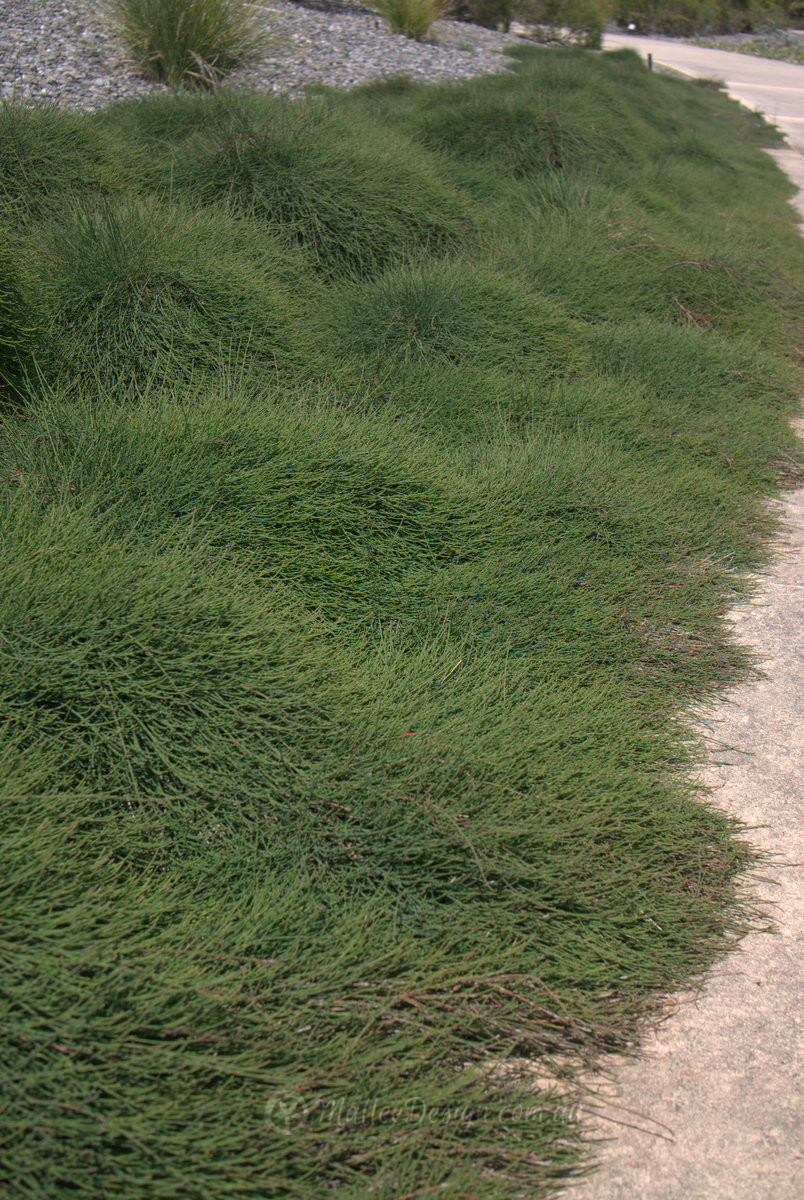


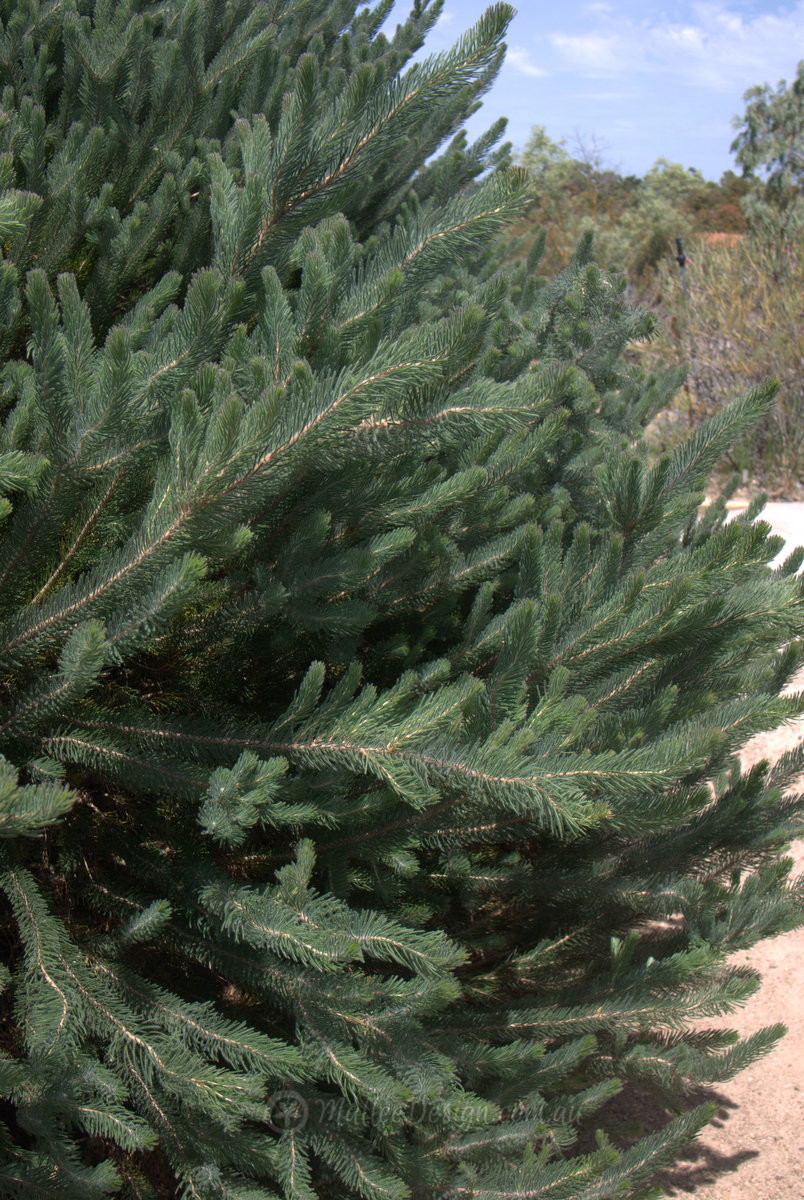
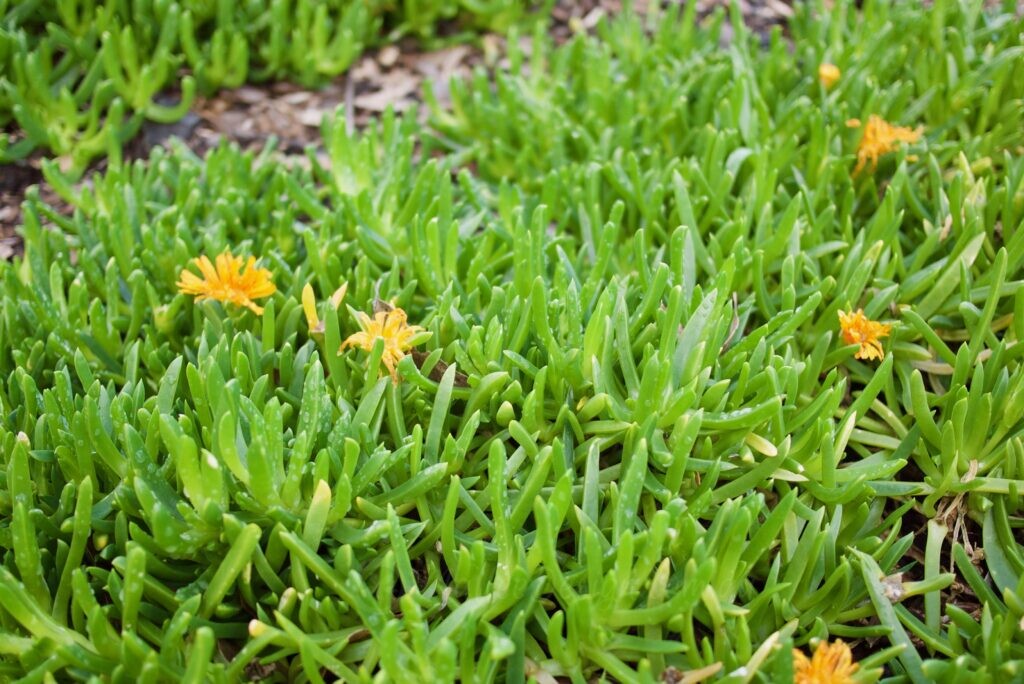
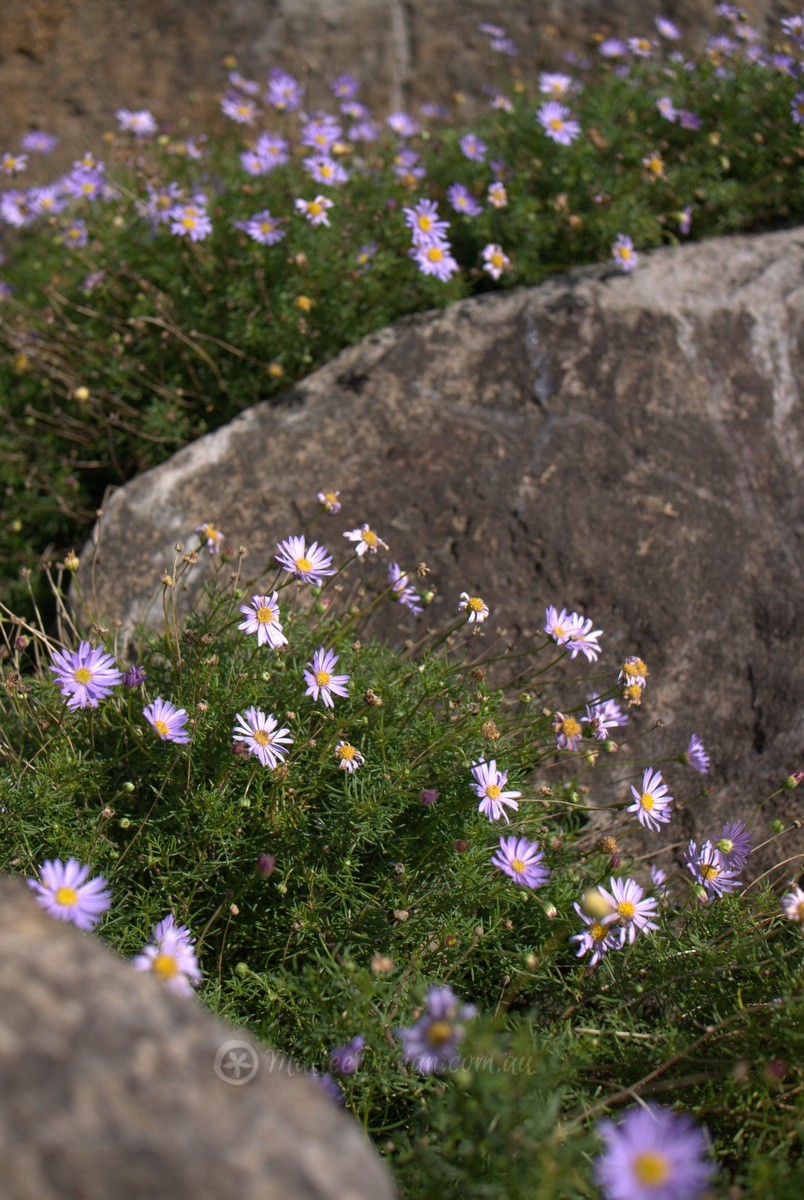
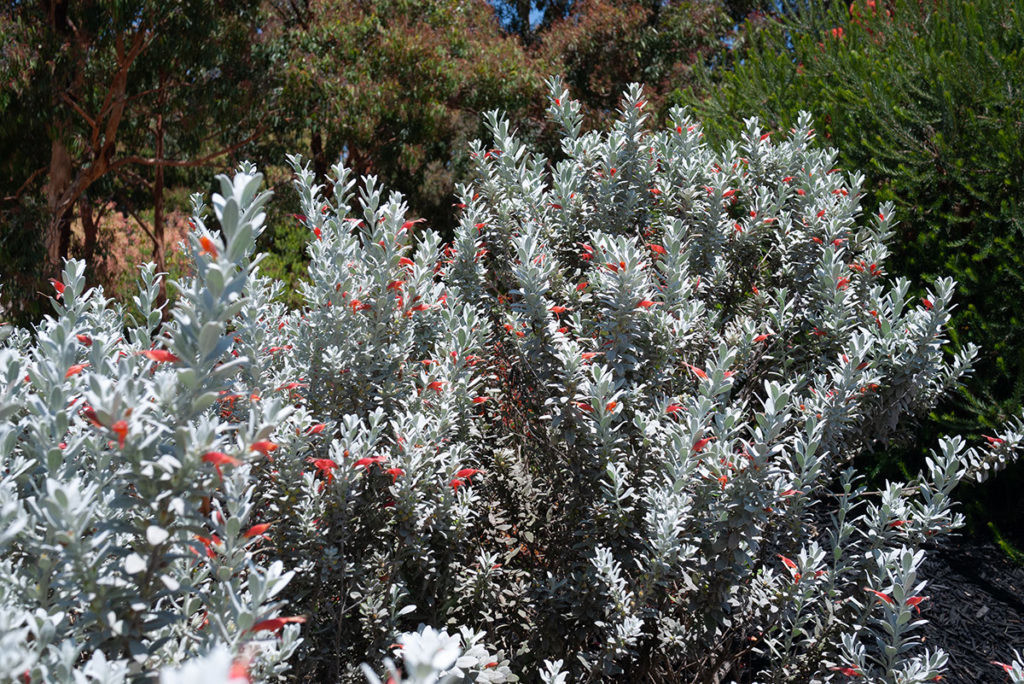
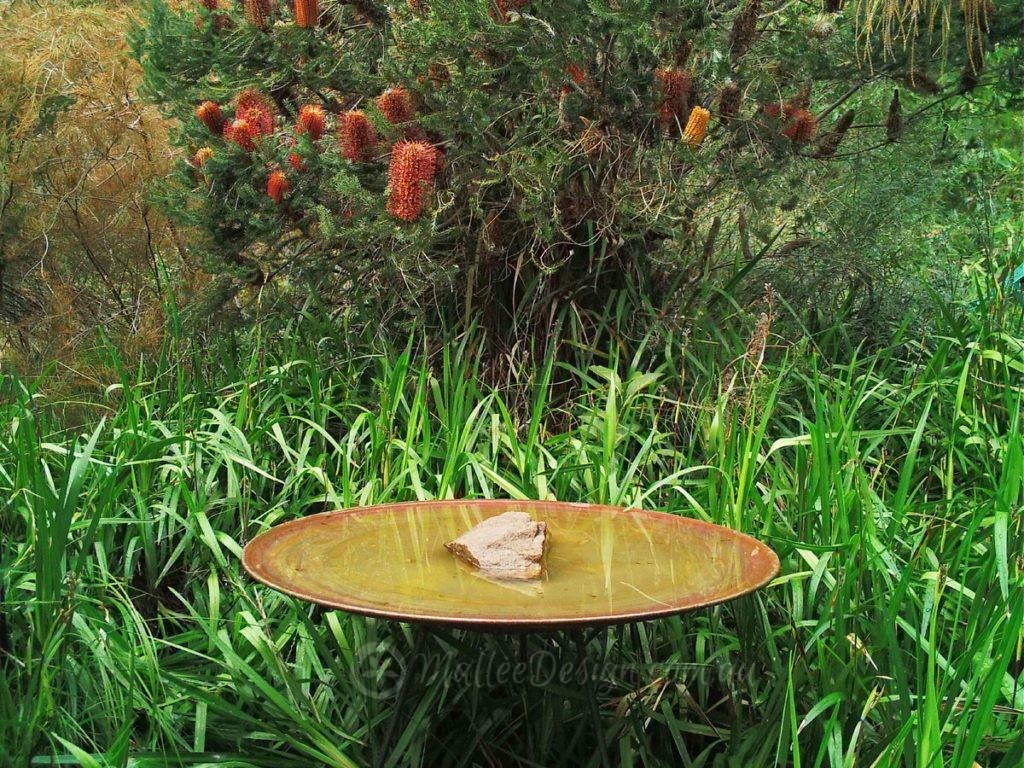
Leave a Reply